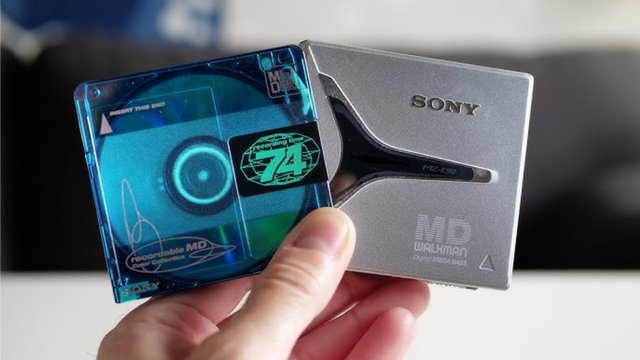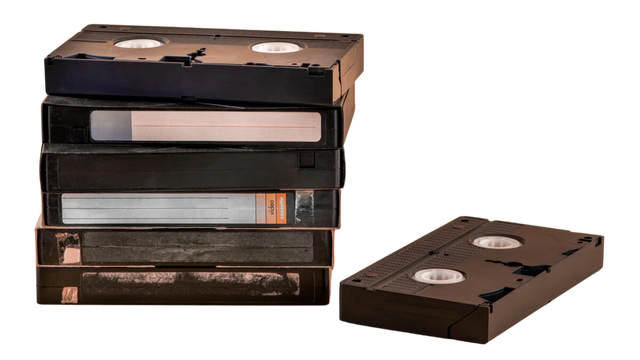What Is VHS Tracking?
VHS tracking is a manual or automatic feature on VCRs that aligns the magnetic tape with the video head. When tracking is off, the video looks warped—horizontal lines may roll across the screen, and the sound might crackle or cut out.
For anyone who grew up with a VCR, adjusting tracking was a familiar dance: a few clicks of the “+” or “–” button while watching the picture stabilize. It was an early lesson in problem-solving, but also a reminder that analog technology required a little patience.
Why VHS Tracking Problems Happen
Tracking issues occur when the VHS tape has stretched over time, when the tape heads inside the VCR are dirty, or when the tape was recorded on a different machine than it's being played on.
Here are some common signs of bad tracking:
- The picture appears distorted or jittery
- Thick white lines move up and down the screen
- Audio cuts in and out
- The tape stops playing altogether
If you’ve experienced any of these, you’re not alone. VHS tapes are aging, and how to fix VHS problems like tracking is one of the top concerns for anyone hoping to rewatch old home videos.

How to Fix VCR Tracking Problems
Before tossing the tape or the machine, try these simple steps:
1. Use the manual tracking button on your VCR remote or the front panel. Slowly adjust until the lines disappear.
2. Clean the VCR’s heads using a head-cleaning cassette or by having it serviced. Dust and mold buildup can worsen tracking.
3. Try another VCR. Tracking is mechanical, and some machines handle certain tapes better than others.
4. Fast forward and rewind the tape completely. This can help reseat the tape and relieve tension.
If none of this works, you might be dealing with a warped, sticky, or moldy tape. In that case, it’s best to avoid further damage and send it to a trusted video conversion service that can repair or digitize it.

When Tracking Can’t Be Fixed
Some tapes simply can’t be played well on any home equipment. If the image is still distorted after trying all your options, the issue may be embedded in the tape itself—especially if it was poorly recorded or damaged by heat or humidity.
At this point, the best way forward is a professional VHS to digital service like Heirloom. We’ve rescued countless tapes that wouldn’t play at home, including those rejected by other digitizers. And we credit you for blanks, so there’s no risk in sending them in.
To see what makes a difference, read our guide on VHS to digital, or preserving mini VHS-C tapes to digital to safely recover that content.

Why You Should Convert VHS to Digital Now
Magnetic media such as VHS tapes were never meant to last forever. According to the U.S. National Archives, magnetic tape is especially vulnerable to “binder breakdown,” where the material holding the magnetic particles together deteriorates over time, leading to signal loss and eventual playback failure. That's why the Library of Congress (LOC) is urging families and institutions to digitize magnetic media now—before those irreplaceable sounds and images are permanently lost.
FAQ: People Also Ask
What does tracking mean on a VHS tape?
Tracking is the adjustment that aligns the tape’s video signal with the VCR’s playback heads. Correct tracking reduces wavy lines, fuzziness, or distortion during playback.
How do I fix fuzzy VHS playback?
Use the tracking buttons on your VCR remote or front panel to fine-tune the picture. If fuzziness continues, the tape may be worn or the VCR heads may need cleaning.
Why does my VHS tape look wavy?
A wavy picture usually indicates misaligned tracking or worn tape. It can also result from dirty VCR heads or a tape recorded in EP/SLP mode.
Can tracking fix all VHS playback problems?
No. Tracking can improve picture stability, but issues like mold, sticky shed, or tape damage require professional repair and digitization.
Is it better to fix VHS tracking or digitize the tape?
Adjusting tracking helps temporarily, but digitizing ensures your tape is preserved before further degradation makes playback impossible.
Recommended Next Reads
VHS Tapes: Decoding SP, EP, and SLP Tape Speeds
Your Wedding Video Is Worth Watching Again
VHS Mold: How to Handle Moldy VHS Tapes Without Ruining Them
How to Transfer VHS to Digital: Keep Your Family Memories Safe
What Is Nostalgia? The Science and Magic Behind Nostalgic Memories
📧 Want more tips like this?
Subscribe to Heirloom emails to learn how to preserve your priceless memories. Get discount codes for expedited shipping, quality digitizing, and secure cloud storage. We never spam, and it’s easy to unsubscribe at any time.
Find similar articles:
VHS


